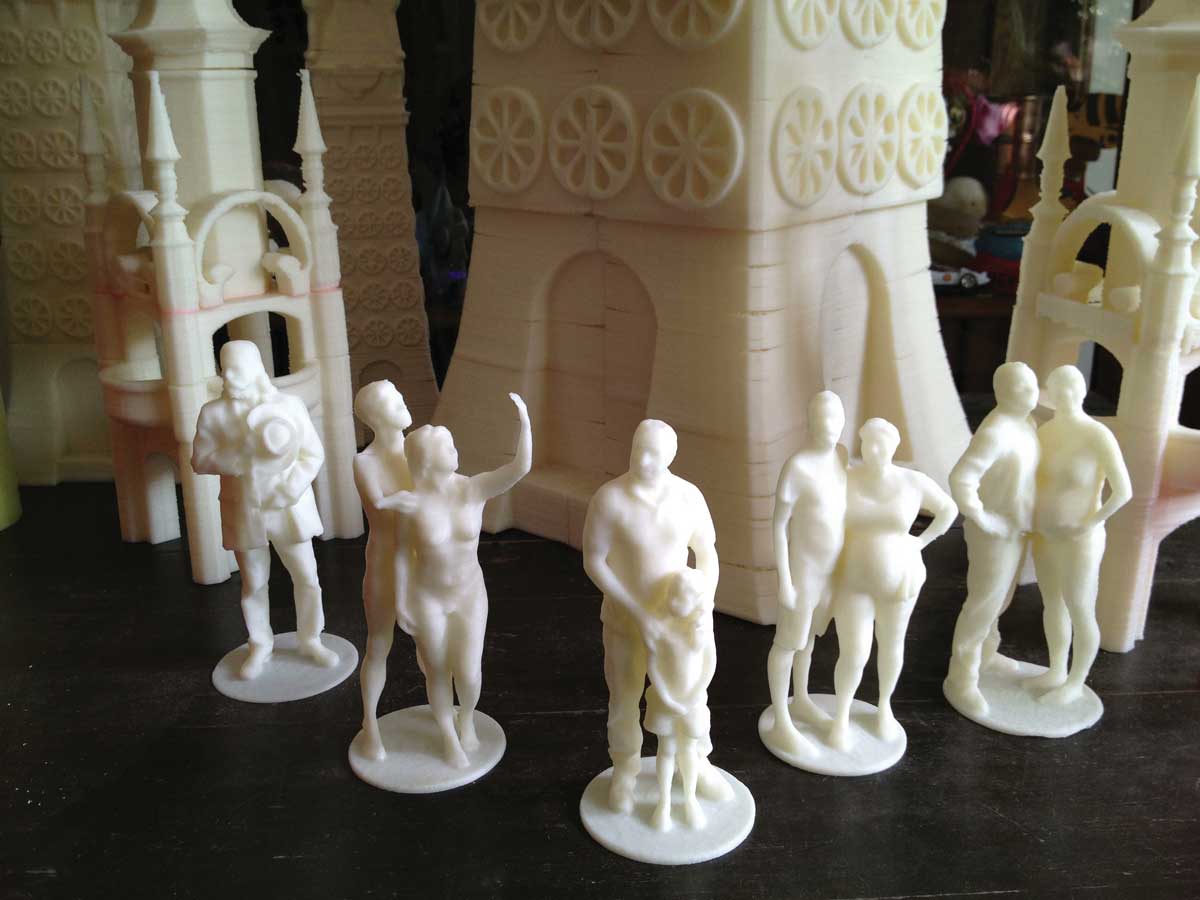When the 3D scanning software ReconstructMe came out last year, I was really excited about scanning people, but the plethora of office-chair-spin 3D prints shared online left me a little disappointed. I wanted more!
Some people were doing full-body scans, but it involved painstaking work using mirrors or splicing together multiple meshes. I set out to devise a way to improve upon that and get a clean scanned mesh that can be ready to print in minutes. The result: the Scan-O-Tron 3000! (Why 3000? Because it’s better than 2000!)
Build this fast full-body 3D scanning rig and use it with Kinect or Primesense sensors and scanning software such as ReconstructMe or the new improved Skanect (which I’ll demonstrate here). Pair it with my DIY heavy-duty turntable and you can be spinning, scanning, and printing your party guests next weekend.



